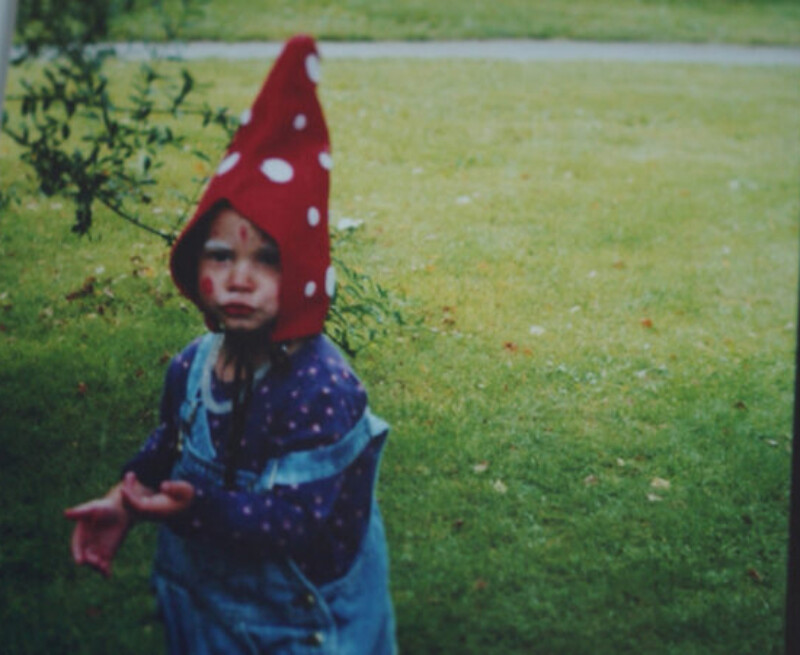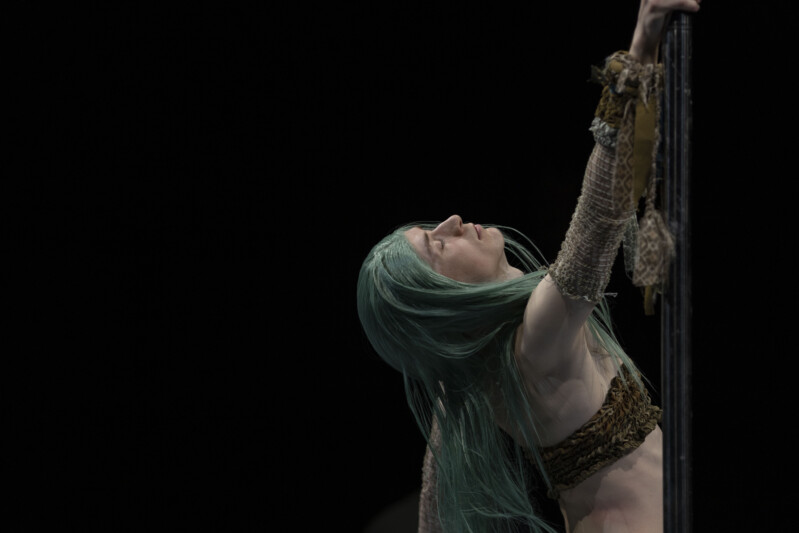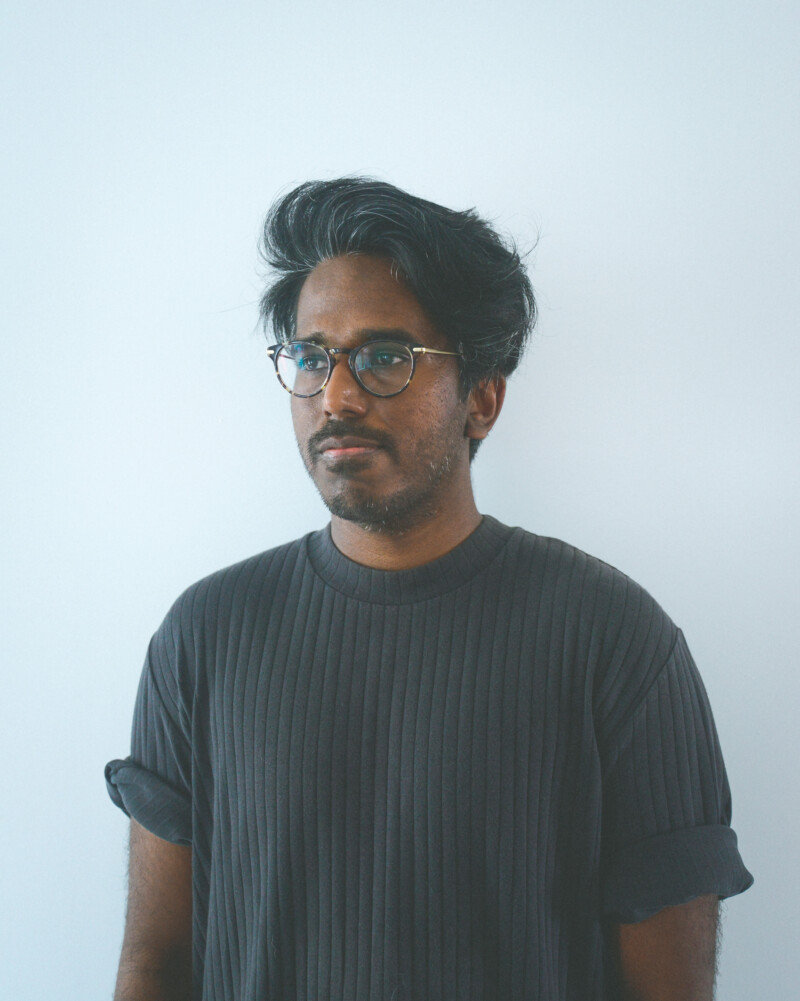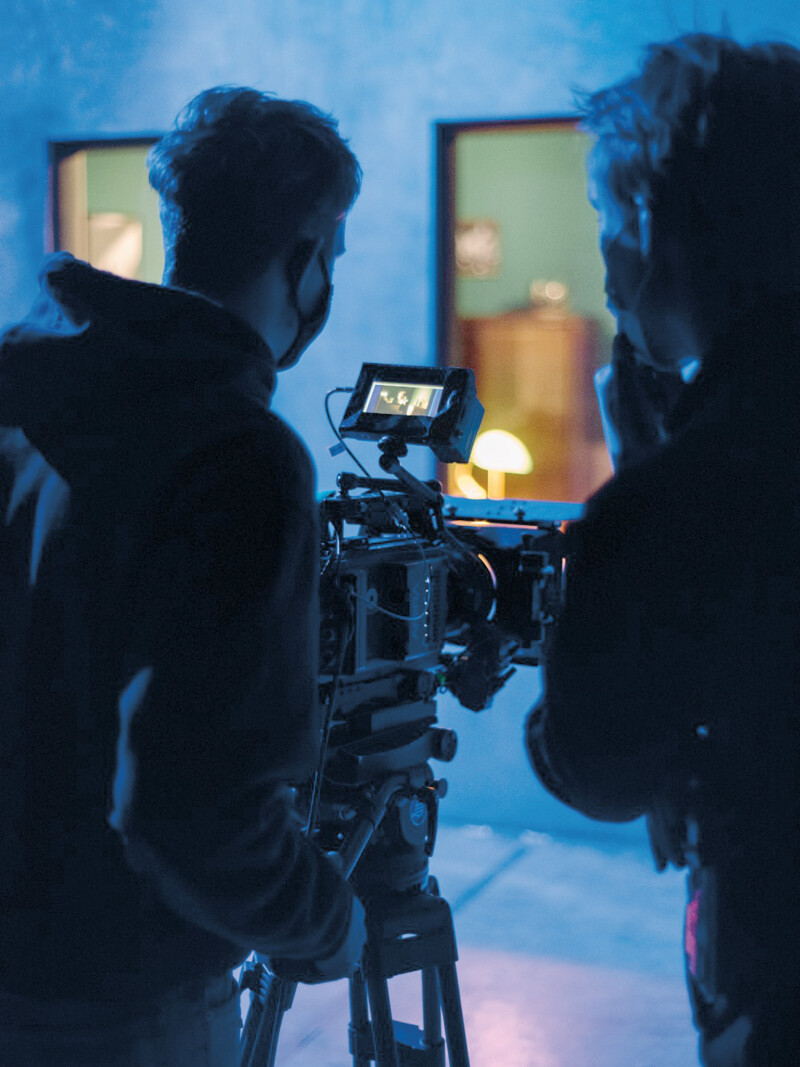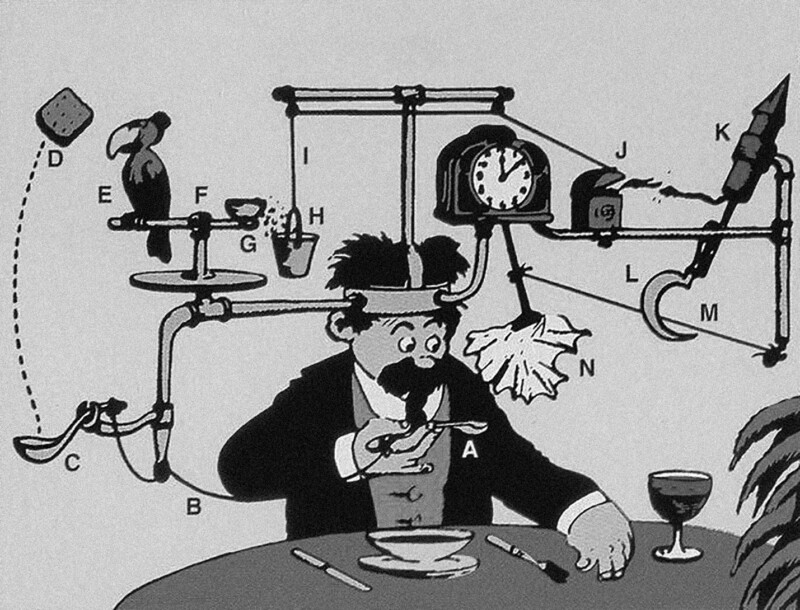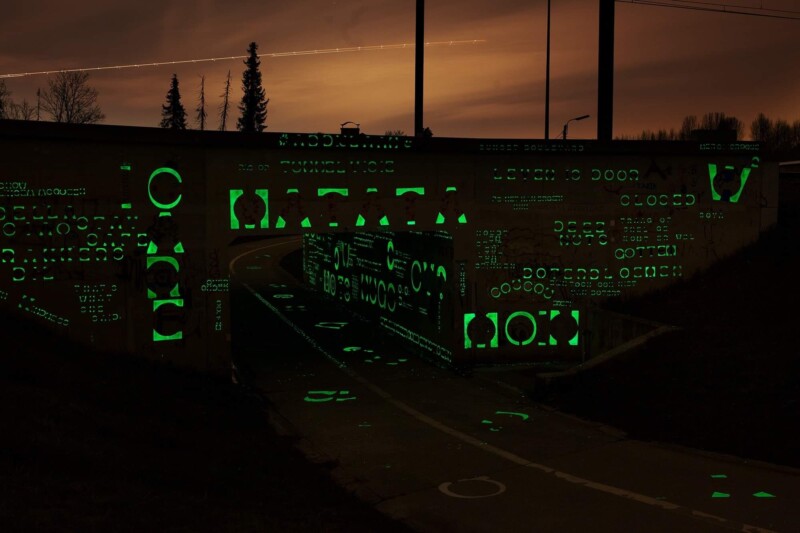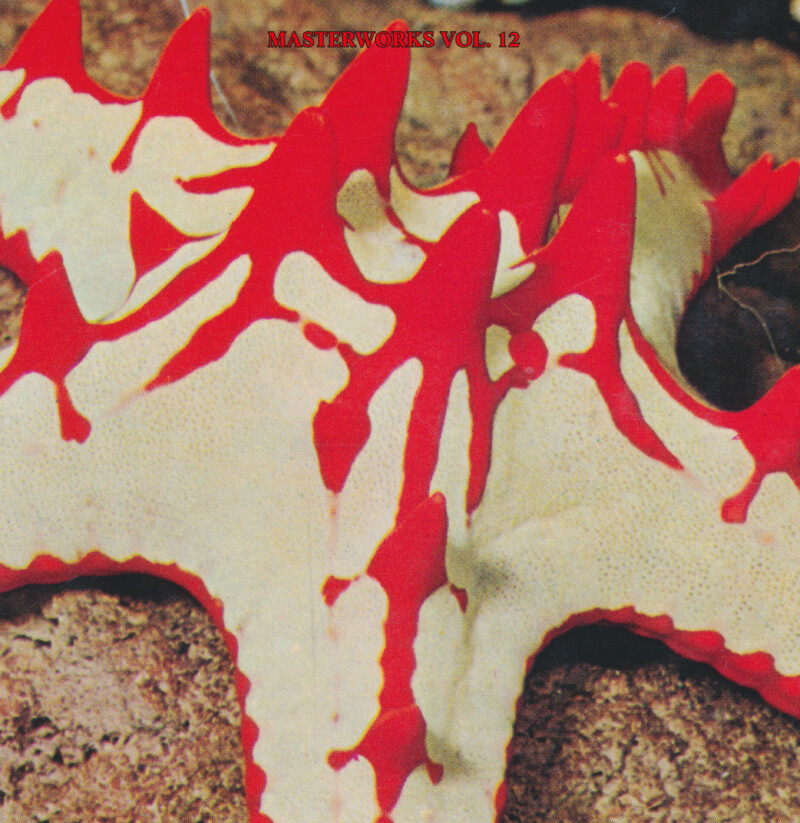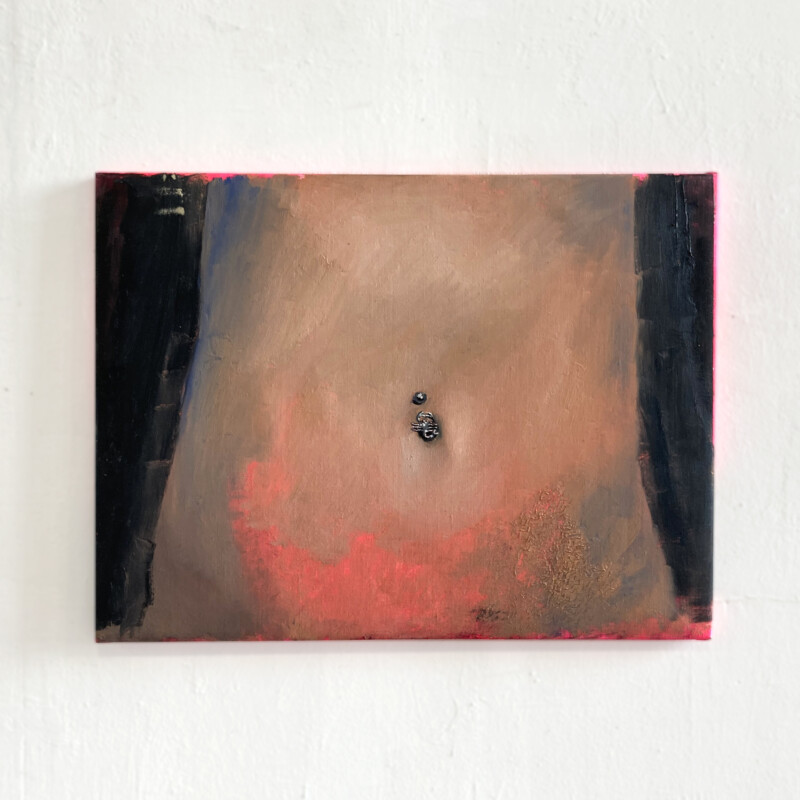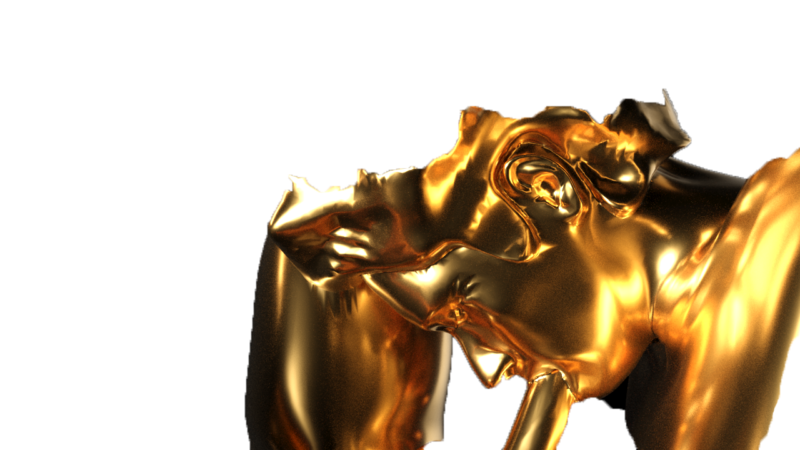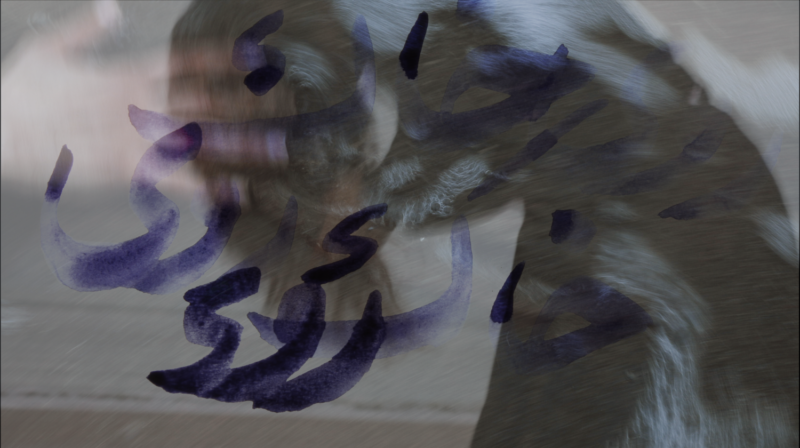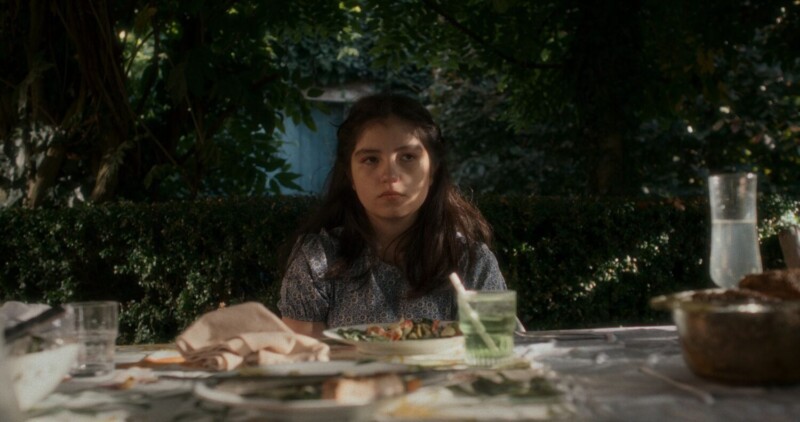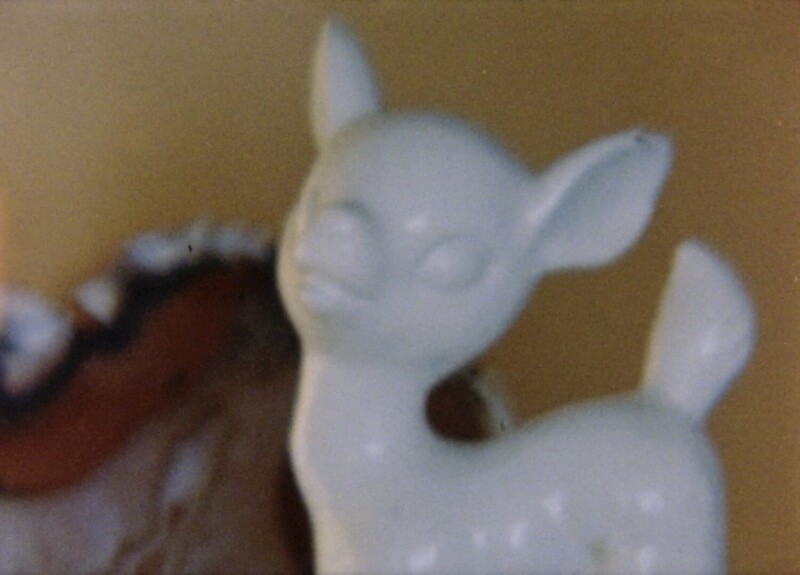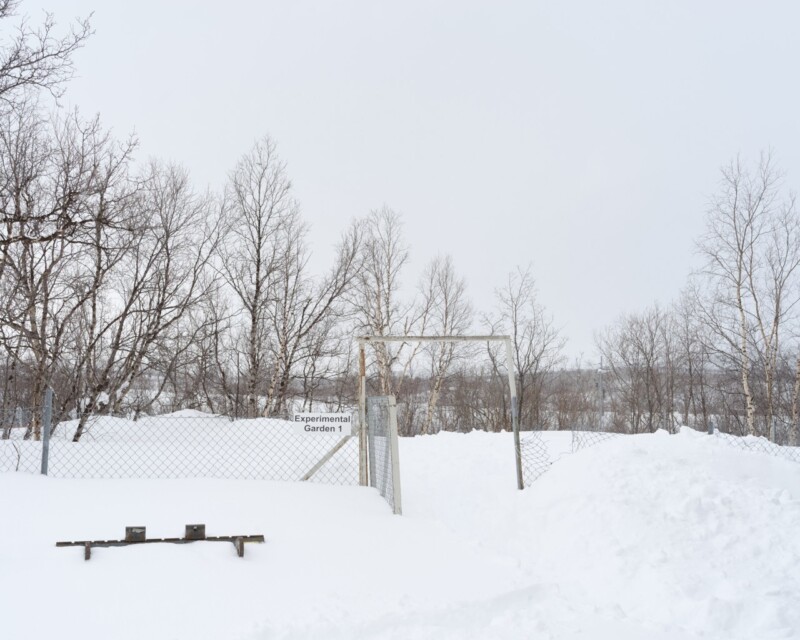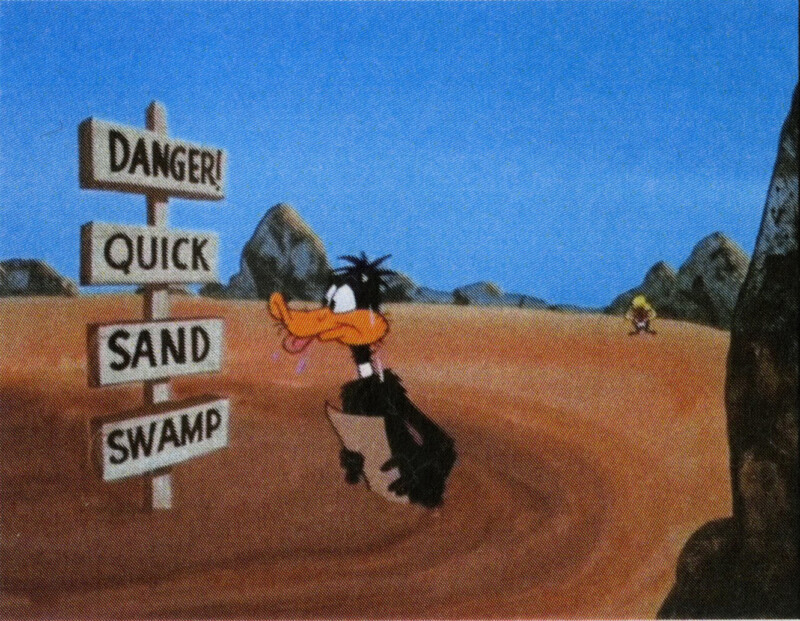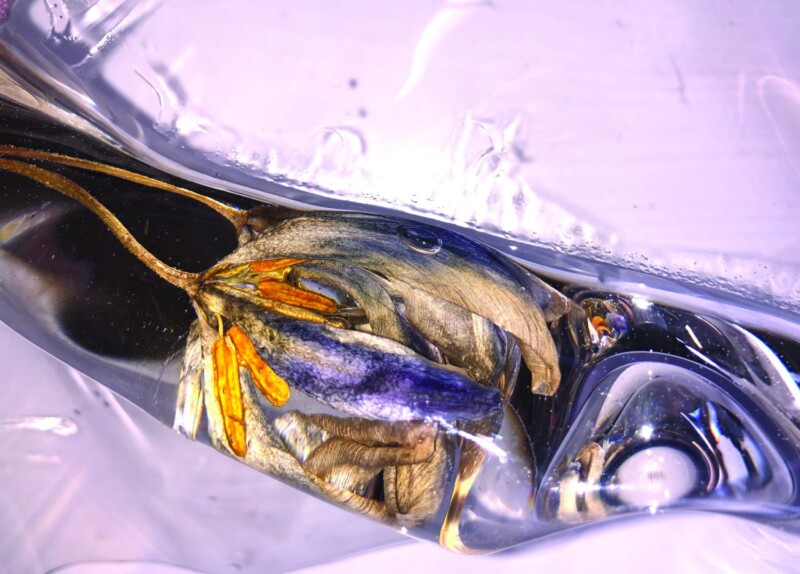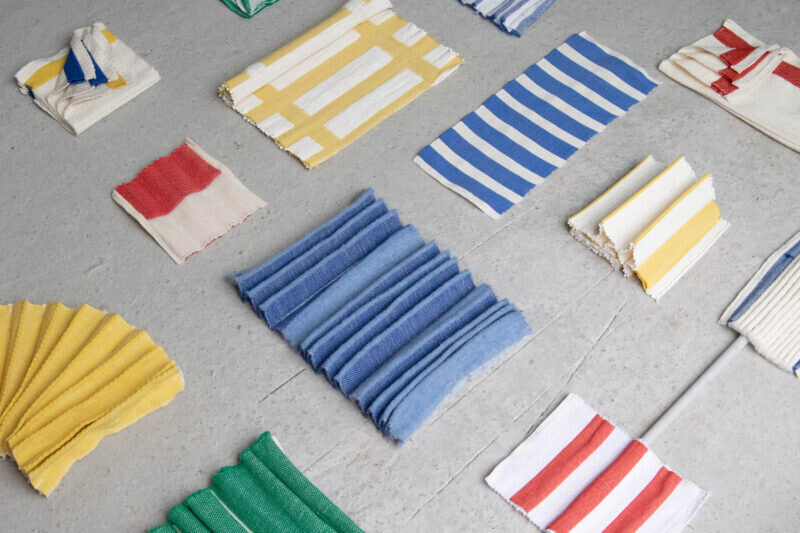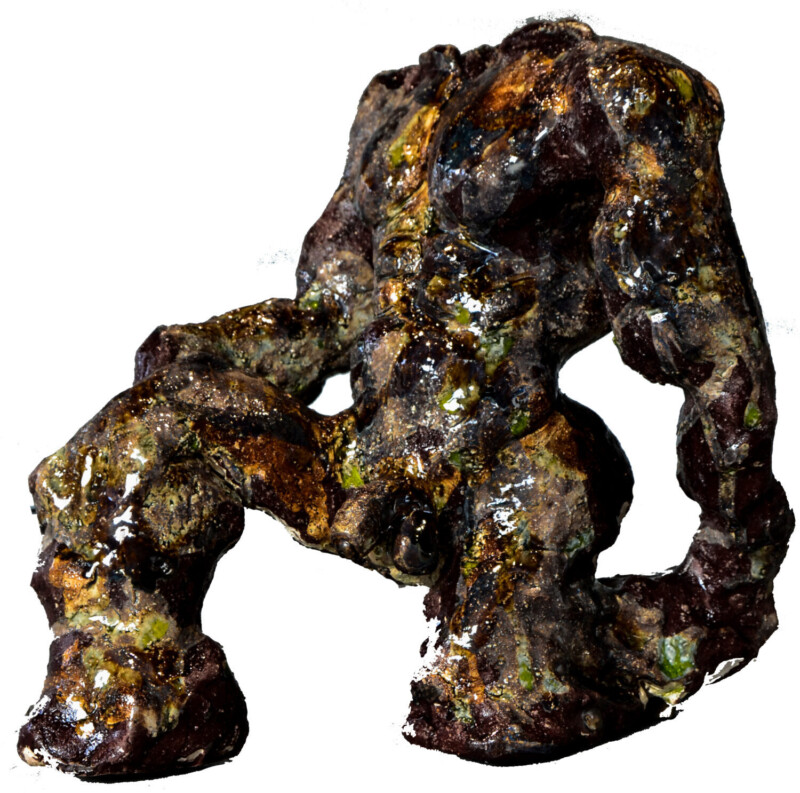Stef Vanbilsen
Anti-tank trench

Stef Vanbilsen will soon graduate as a landscape and garden architect, with an emphasis on the former. In his own words, he moves on the thin border between nature and culture. Questions that concern him include: Where is it best for humans to intervene or should they not do so at all? And if so, to what end?
ONRUST
Hi Stef, tell me, what did you submit to the final jury?
Stef Vanbilsen
My project is a reinterpretation of Antwerp's anti-tank trench, a 33-kilometre defence line from 1937 that was part of the famous fortress belt. Initially, the engineers had envisaged a dry moat. They, however, didn’t count on the rising groundwater. After World War II, the military function of the trench quickly became obsolete and a unique piece of nature was created. Today, the area needs a vision, or perhaps I should say a little less vision.
ONRUST
Less vision? Please elaborate.
Stef Vanbilsen
When designing, I was inspired by Marc Argeloo's book Natuuramnesie(Nature Amnesia). There, the author describes the bankruptcy of fashionable nature-inclusive thinking, which breaks up the landscape into different functions: recreation, agriculture, water extraction... Nature always remains subject to man, as a product, a piece of capital or resource. However, we need to move away from the idea of humans as the dominant species. Argeloo advocates a return to “a landscape of fear and beauty, a landscape of wealth and abundance”. That phrase particularly appealed to me.


ONRUST
What does he mean by fear?
Stef Vanbilsen
We still often look at a landscape through a romantic lens. We glorify beauty and establish walking trails. For me, fear is the presence of the wolf or the boar, but also dead trees and branches. Today we remove these, which is unfortunate for beetles, for example, which get their food out of them.
ONRUST
But can you still disregard the human?
Stef Vanbilsen
Not entirely, of course. But first, let us rewind to prehistory. Geologically, we are on and around the Kempen microcuesta. That is an altitude from which, in this case, a lot of rivers bubble up. That water obviously plays an important role in the soil.
ONRUST
And then the human comes along?
Stef Vanbilsen
Right. They farm, dig canals, plant alien varieties like Japanese knotweed and rhododendron. In this case, military history was also very decisive. For example, the erstwhile martial law decreed a 585-metre perimeter around each fort with no vegetation or buildings – a matter of strategic visibility. Oh, and a political anecdote: when the construction of a push canal was planned from Wallonia in the 1970s, the environmental movement 'Save De Voorkempen' opposed it. Later, that movement would mature into Agalev, indeed, the forerunner of the political party we know today as Groen.
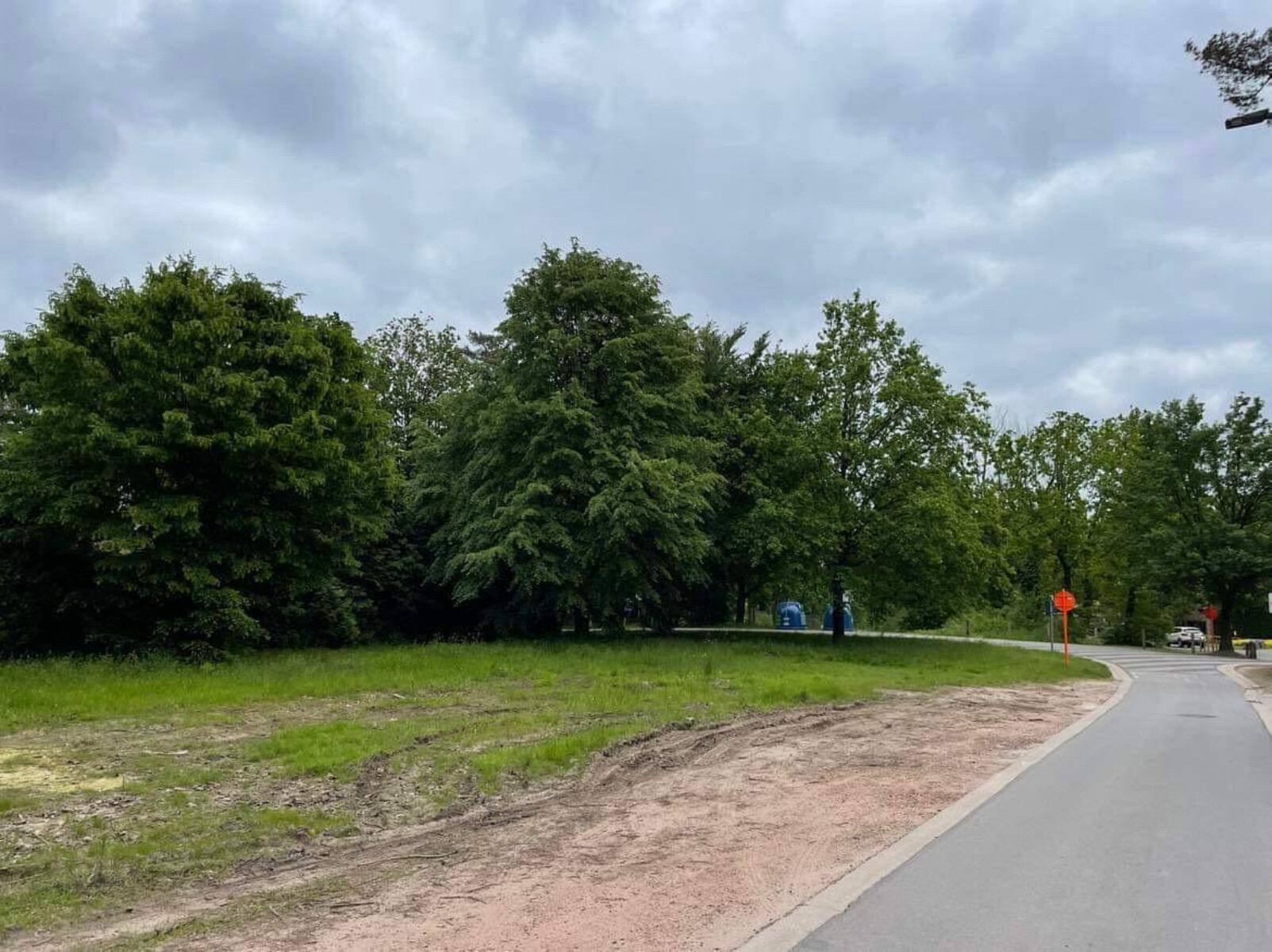
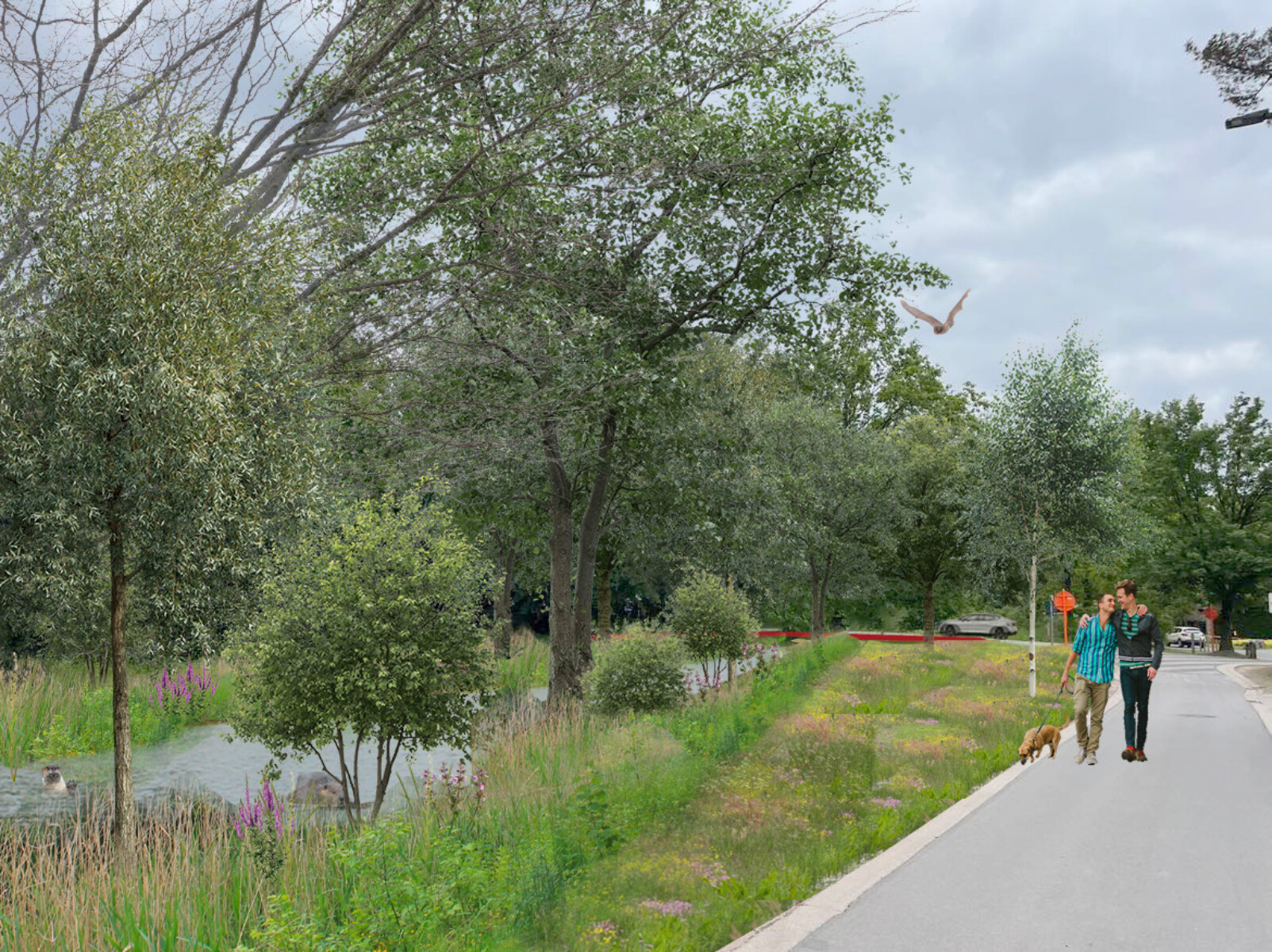
ONRUST
Small observation: you yourself are a human being, one with ambitions to intervene in the landscape no less...
Stef Vanbilsen
It is indeed a fine line, which I think about all the time. Anyway, as human beings, we have to learn to let go. Nature provides the direction. So, I often ask myself: ‘What would nature do? What are the expected species? What do they need?’ For instance, the otter wants to be left alone for a year after reproduction. Then, I think it makes sense to close or relocate nearby trails for a while. And, as another example, the bat needs enough trees to maintain its echolocation. Currently, there are trees every 10 to 15 metres along the canal. That should be 7. There is also something to be said about the lighting. Red-tinted lights are much friendlier to a lot of nocturnal animals.
ONRUST
What has to disappear?
Stef Vanbilsen
Personally, I strongly dislike the corn plant, a crop grown almost solely as animal feed. It is big, the leaves are sharp, the soil washes away... Why not reintroduce old grain varieties? It would benefit the red list. Some planted species also need the boot. For timber extraction, they once introduced American oak and bird cherry. But such trees and shrubs only make a sandy soil even drier. We want more indigenous, leafy species that drop their foliage and thus contribute to a humous, water-retaining soil. In the water itself, in turn, we observe an increase of the bream population. Bream feed on the bottom, thus agitating the sand and introducing phosphates into the system. Predatory fish such as pike contribute more sustainably to the ecosystem. They lay their eggs in shallow water with vegetation. By adding different depths, we also accommodate more diverse plant communities, which can make the water clearer.

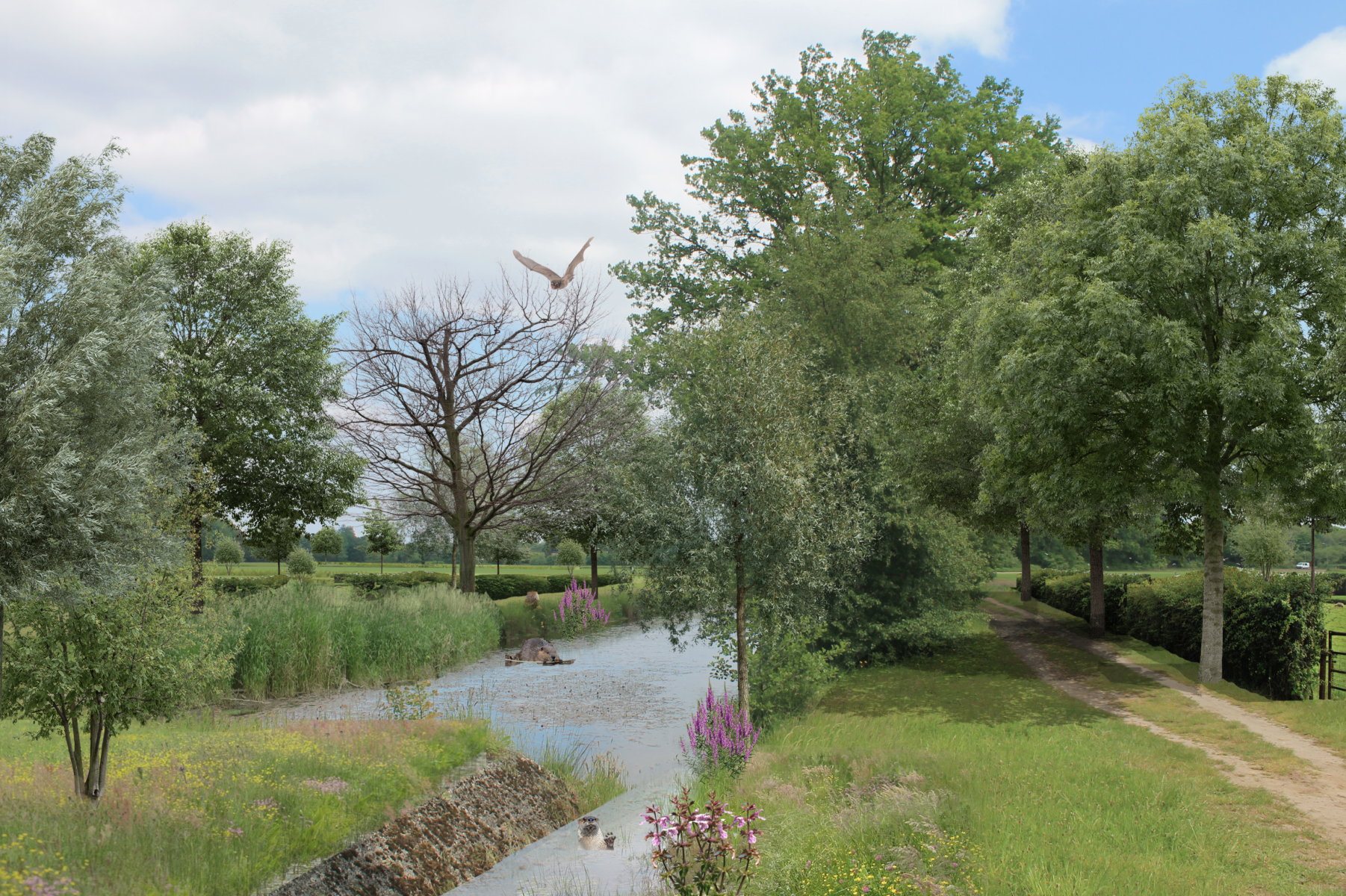
ONRUST
What of the human component?
Stef Vanbilsen
Those are there too, evidently. Think of tree rows, hedges and wooded borders. You can't just do away with agriculture, of course. A switch to organic cultivation would already do a lot, although I need to study the economic models a bit more. In the dossier, I also zoom in on the Fort van 's-Gravenwezel. In its perimeter, temporary wooden houses were once built – shacks actually. By 2029, the residents will have to vacate their homes. That is not a self-evident story. I have spoken to the inhabitants several times. The plan would be to set up a non-profit organisation around that anti-tank trench, where we gather all parties: the municipalities, agencies, but also OCMW, so that a social move can be worked out.
ONRUST
And will you add anything human?
Stef Vanbilsen
We are going for 90 per cent nature and 10 per cent... well culture. So there could be a little wooden museum with three camper spots. If we cluster these next to the museum, the surrounding area is relieved. Moreover, there will then be some money coming in, a pot for the non-profit organisation, so that it does not have to rely solely on subsidies.
ONRUST
Good luck.
Tekst: Régis Dragonetti.

